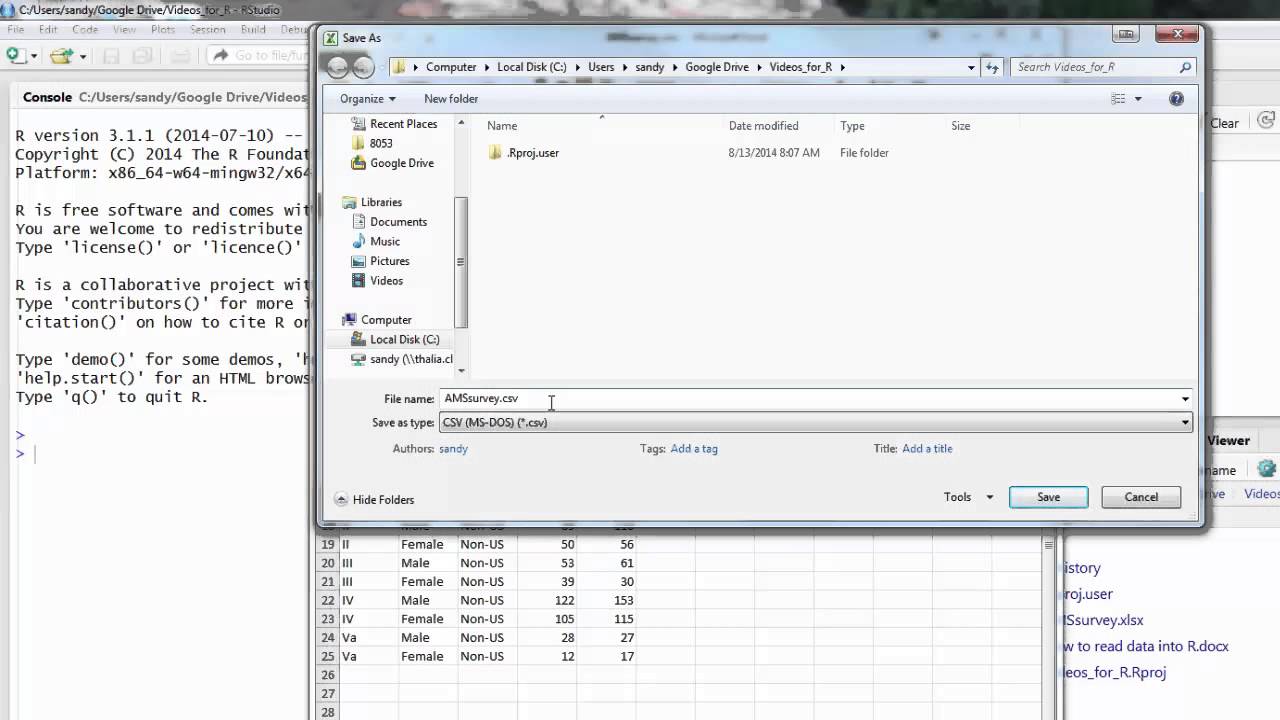5 Steps to Read Excel Files in R Easily

Loading Necessary Libraries

Before you dive into reading Excel files in R, it’s crucial to set up your environment correctly. Here’s how to ensure you have the essential libraries for efficient Excel file handling:
- Install readxl Package: This package is tailor-made for reading Excel files.
- Install openxlsx Package: Ideal for reading as well as writing Excel files.
- Install dplyr: Enhances data manipulation capabilities in R.
🔧 Note: If you encounter any installation issues, make sure your R environment is up to date and connected to the internet.
Choosing the Right Function

The choice of function to read Excel files depends on various factors such as your file's complexity, size, and the specific data you need. Here are the common options:
- read_excel() from readxl: An all-purpose function for reading Excel files.
- read_xlsx() from readxl: Specifically for .xlsx files.
- readxl::read_xlsx(): If you prefer namespace qualifiers.
- openxlsx::read.xlsx(): If you’re planning to both read and manipulate Excel files later.
Reading Excel Files with readxl

Here’s how you can read Excel files using the readxl package:
Basic Read Operation

library(readxl)
data <- read_excel("path/to/your/file.xlsx")Reading Specific Sheets

data <- read_excel("path/to/your/file.xlsx", sheet = "SheetName")Specifying Range

data <- read_excel("path/to/your/file.xlsx", range = "A1:D10")Choosing Columns

data <- read_excel("path/to/your/file.xlsx", col_names = TRUE, skip = 1, n_max = 50)🔹 Note: The default behavior in readxl is to use the first row as column names unless specified otherwise.
Manipulating Data

Once the data is loaded, you might want to clean and organize it:
- rename(): Change column names for clarity.
- select(): Choose which columns to retain or exclude.
- filter(): Extract rows based on specific conditions.
- mutate(): Add new variables or modify existing ones.
- summarize(): Create summary statistics.
Here's an example using dplyr to perform these operations:
library(dplyr)
data <- read_excel("path/to/your/file.xlsx")
data_cleaned <- data %>%
rename(Year = "Date", "Total Sales") %>%
select(-unwanted_column) %>%
filter(Year >= 2020) %>%
mutate(NewColumn = Sales * Tax) %>%
summarize(Total = sum(Sales, na.rm = TRUE))
Working with Large Files

When dealing with large Excel files:
- Consider using skip and n_max to limit the number of rows read.
- Employ chunksize to process data in smaller batches.
- Utilize feather or parquet for faster data loading if the file is very large.
🔬 Note: Large file handling can be optimized by pre-filtering in Excel itself or considering alternative formats like CSV if not all features of Excel are required.
The key to efficiently working with Excel files in R lies in understanding the capabilities of the tools you have at your disposal, choosing the right function for the task, and managing the data once it’s loaded. Remember, the approach to reading Excel files can be tailored based on your specific needs, file size, and the complexity of the operations you plan to perform on the data. This guide should give you a solid foundation to start with, and from here, you can explore more advanced features of these packages or others as your data handling requirements grow.
Why choose R for Excel file manipulation?

+
R offers powerful statistical tools and data manipulation libraries, making it an excellent choice for analysts and data scientists who work extensively with datasets from Excel files.
Can readxl handle all Excel file formats?

+
Yes, readxl is designed to handle modern Excel formats like .xlsx, .xls, and .xlsm. For older formats, you might need different libraries or approaches.
What if my Excel file has formulas?

+
readxl reads the values that result from Excel formulas, not the formulas themselves. For more complex formula handling, you might need to pre-calculate them in Excel or use other specialized tools.
How can I read multiple sheets from an Excel file?

+
You can use lapply with read_excel to read all sheets or specify individual sheets using the ‘sheet’ parameter.



